|
Imagine a connection so profound that it literally grounds you. In a world buzzing with technology, stress and fast-paced living, there is a simple practice that bring us back to our roots--- literally. Welcome to Earthing (also known as grounding). The Earth's natural energy could be the key to unlocking a healthier, more balanced life. Let's explore how this ancient connection can bring harmony to your modern life. PLUS: it can be completely free! Earthing, or grounding, refers to the practice of direct physical contact with the Earth such as walking barefoot on sand, soil or grass. To our ancestors, Earthing was a normal way of life. They lived in closer harmony with nature before many of our modern marvels were invented. They walked barefoot or wore shoes made from natural materials, like leather. They spent much of their time outdoors hunting, gathering, migrating or farming. They were also immersed in the natural rhythms of the Earth, which influenced their daily routines and sleep patterns. The history of Earthing provides a context for understanding why grounding is appealing today, offering a bridge between ancient practices and modern lifestyles. Think of the Earth as a type natural battery for our body. It's needed for us to survive. The Earth carries natural electrical charges, primarily in the form of free electrons. When you make contact with the Earth's surface, these electrons can flow into your body. This process is believed to help neutralize free radicals - unstable molecules that can cause oxidative stress and damage to the cells. By reducing these free radicals through Earthing you may notice increased health benefits such as reduction of inflammation and improved sleep. Some of the most commonly discussed benefits of grounding or Earthing include: 1. Reduced Inflammation: done by neutralizing those free radicals we just talked about. 2. Improved Sleep: grounding may help regulate the body's sleep-wake cycle, potentially leading to better sleep quality. 3. Lowered Stress Levels: being in contact with nature can have a calming effect, reducing stress and promoting relaxation. 4. Enhanced Mood: Earthing might positively impact mood and help reduce symptoms of anxiety and depression, possibly due to increased serotonin levels. 5. Better Circulation: grounding could improve blood flow and circulation, contributing to improved cardiovascular health. 6. Pain Relief: some studies suggest that regular grounding might reduce chronic pain and discomfort. 7. Boosted Immune System: the direct connection with Earth might support the immune system, potentially leading to increased resistance to illness. It's worth noting that scientific evidence is mixed and more rigorous research is needed. Some claims are based on anecdotal evidence rather than extensive studies. However, if you're interested in grounding, it's a relatively simple and low-cost practice to try with no negative side effects to worry about. (Unless you happen to be walking in a place that is unsafe to do so) To get the full benefits from Earthing, you want to aim for at least 20-30 minutes per day. If you live in "the concrete jungle" where it may be harder to find some grass or soil to walk in or you wish to include a little more grounding into your daily lifestyle during things you already do, you may want to checkout Grounding Mats and Grounding Sheets. These tools are designed to facilitate Earthing when you're indoors. They connect to the Earth through a grounding wire, allowing you to experience a similar effect to walking barefoot on the ground. If you're interested in exploring Earthing, it can be a simple and low risk practice to incorporate into your daily routine.
The next time you're in our Salt Room, check out the book on Earthing for more information!
0 Comments
-Ashley Frick Massage Therapy has recently had an uprising in popularity amongst people across the United States. Multiple types of massage therapy have also made a larger appearance in healing mechanisms compared to others. Every individual type of massage therapy mechanism has inclusions of a standard massage. Whether this be Chinese Cupping, Reflexology, or Reiki. A standard massage is defined by the healing process conducted by a massage therapist when there is muscle tension or pain within a human body. A massage therapist will use maneuvering, rubbing, and pressure techniques and methods to help relieve this present tension within a body. Standard massage therapy is the most common throughout the world as of right now because of the basic level of techniques used within and the popularity. Other techniques that are just as effective and possibly more effective than a standard massage include Chinese Cupping, Reflexology, and Reiki. Chinese Cupping is a strategic technique that is to be used when humans undergo tightness or tension throughout their muscles and feel as if blood is not being circulated throughout that area of concern (Saeidi et al., 2021). Chinese Cupping is defined as a healing mechanism categorized by massage therapy. It is one of many techniques in the field used for long term pain. A cupping massage is very similar to a standard massage, as it uses the same techniques as a standard massage, but is more intricate as it includes chinese cups throughout the session. A consultation is conducted at the beginning of every therapy session, to confirm the therapist understands where the pain is located and what they need to conduct for treatment. Once there is an understanding in placement, a quick overview of the body is done to find trigger points within the muscles of their client. When the triggers are found, the chinese cups are placed onto the muscles, lifting the upper tissues of the body surrounding muscles to be lifted up into the cups. This allows blood to flow through this area where a gap is created between the muscles. Blood circulates through the muscle, allowing for a tension decrease. These cups will stay on the body for around 10-20 minutes for full circulation during the massage. The body will then continue to be massaged once the cups are removed from the body, to make sure that blood is continuing to flow through as normal. Small circular bruises will be left on the body in the places the cups were placed during the process. These bruises can range in color from red-purple, each color indicating different reasonings (Lauche et al., 2013). Many studies have been done on how massage therapy techniques help athletes and those who are elderly, undergoing pain because of their age. The forms of massage therapy have been studied in experimental and control group methods using groups such as control and elderly or control and athletes. But none have conducted a full study on the difference between those undergoing long term pain in their lower back region, with the two differential massages techniques of a standard and Chinese Cupping massage. A study done on massage therapy techniques and athletes was conducted to help reach a basic goal of how massage therapy is not only relaxing, but also beneficial to the body, (Boyle 2021) whether injured or not. This study helped support the matter that massages can also help prevent injuries as well as heal them. When massages are given frequently, the muscles develop a muscle memory that helps incorporate a way of prevention. But, massages can also help prevent the injury at the immediate site of reaction (Sriwongtong et al., 2020). Studies that have been previously researched like these have helped develop a research question within the data given and provided throughout literature. A gap was found between sources of Chinese Cupping, standard massage therapy, the length of the massage and the region of pain from these sources (Skillgate et al.,2015). A research question was finally proposed after analyzing prior details, research, and studies. A gap was found between the demographics of each study. The categories that fell into this were the type of massage therapy, the length of the session that was completed, the number of massages received, and the region of concern and pain. With narrowing down these topics, a research question of, “Is there a significant difference between a 90 minute standard massage and a 90 minute Chinese Cupping massage, in subjects undergoing long term lower back pain?” was reached. But one of the variables that came along with the demographics of the data was how long the massages were to be among all of the subjects' sessions. With this, a 90 minute massage session was chosen based on the consistency it gives throughout every session given by a massage therapist. There is enough time in 90 minutes to start a healing process based on what needs to be healed or fixed, without rush or hesitation. Not only would a 90 minute massage be easier to find within the schedule of the spa the data was collected at, but they are also longer, providing more healing and therapy time among the clients. The methodology used was a quantitative two group control study on the two groups of a standard and Chinese Cupping massage. To begin the method, research had continued to go further into methods such as tests to be used to help support the comparison of the massage techniques, in a replicable way. This is what led the already formed idea and data to a PQRST questionnaire. (Figure 2) A PQRST questionnaire consists of five different parts and questions. The first of which being the “P” which stands for Provocation, which would use a question such as “What have you found aggravates the pain?”. This first question helps address the physical movement and triggers the pain that is being experienced by the client. The second point of a PQRST is the “Q”. Q stands for quality, with the question of “What does the pain feel like?” to fully analyze how the client feels when undergoing the pain, and what may cause this certain type. The third point is “R”. The “R” in PQRST stands for region, or the question “Where is the pain located?”. In this case, every client in the data collection would answer this question as “low back”, because this is a control within the data. The fourth point in PQRST is “S”, standing for severity. This specific point had to be further researched and looked further into, to find a replicable way to represent how the subjects rated their pain. After multiple tests were analyzed, a conclusion came to use a basic pain scale assessment. A pain scale assessment is a typical 1-10 scale, used throughout the medical field to analyze a rate of change in pain. This pain scale would help determine a difference in pain before and after each massage. The last point in a PQRST is the “T’, which is time. The question asked in place of “T” was “How long ago did the pain first start?”. Multiple options would be given, but in this case, all clients would answer with “more than two weeks ago”, to keep a second control throughout the data collection. Once the PQRST questionnaire was finished and proofread, the schedule of the spa holding the study had to be overviewed for placement of subjects to take place in the collection of data. Before each client's appointment, they were asked whether or not they wanted to participate and be a part of the data collection. If they responded with “yes”, they were given a consent form created to address what goal the study was originally aimed to help meet, the matter that their names would not be used and it was anonymous, and how they were needed to be truthful throughout every part of the data collection as well, for the benefit of significant results, but themselves as well. After the consent form was signed and completed, the PQRST questionnaire was assessed. Multiple choice answers were also given to each question, to keep a limit on what answers could be given to keep the method replicable. Once the client reached the fourth point, which was the pain scale, they were to circle in one color, how they were feeling at the moment. After the questionnaire was completed, they received either their Chinese Cupping or standard massage. Once the sessions were completed, the same PQRST questionnaire was handed back to the client, and they were then instructed to circle how they were feeling after the therapy, in a separate color. This would include whether the pain increased, decreased or stayed the same. This process was then repeated with each individual client, both Chinese Cupping and standard. Once all of the data had been collected, the data provided by the questionnaire was put into a graph. (Figure 1) This graph was organized by male/female, aggravation type, pain type, location, starting level on the pain scale, ending level on the pain scale, when the pain started, and what type of massage therapy was received. After making sure all of the results had the control of a 90 minute session working on lower back pain that had been reoccurring for over the course of two weeks, a focus was created on the pain scale results. With each client their pain score was taken from pre massage pain score, and subtracted from their post massage pain score, to get a difference of pain, final score. These results were then taken from each client, separated into Chinese Cupping and standard massages, and then put into a T-test. A T-test was chosen because it best fit the data collection presented. With having two separate groups with differences in pain scores that needed to be compared by a mean. The T-test was split into the two categories of Chinese Cupping scores and standard scores. These scores were added up and divided by the number of scores as well to find a mean score for each technique. These two mean scores were finally compared to show results from the study and help support either side of the research study. If one mean is higher than the other, it is supported by my data that it is more effective on a scale in reducing lower back pain, compared to the opposite technique that was also analyzed. Results Once the results from the PQRST questionnaires were collected, the clients data were individually put into a graph to show the differences in demographics and control groups. The clients' answers were also put into this same graph, organized in columns of the different demographics. The main point of the questionnaire was the pain scale, so this was first viewed in order of Chinese Cupping therapy groups and standard massage therapy groups. Once the Chinese Cupping data was analyzed and added together, the results revealed slight differences among the clients and their pain levels before and after their therapy sessions. This pain scale was a 1-10 scale, 10 being the highest pain level and 1 being the lowest. 3 of the clients in the Chinese Cupping group had a starting pain level of 5 before their massage. 2 of the clients had a starting level of 6, and 1 of the clients had a starting level of 7. Two of the clients who started out with a level of 5, ended with a pain level of 1 after their Chinese Cupping Therapy. This equals a decrease on the pain scale by 4 points. One client who started with a pain level of 5, ended with a 2 after their Chinese Cupping massage, ending with a decrease in score by 3 points. The fourth and fifth clients both started with a level of 6 and ended with a level of 2, showing a decrease in pain by a 4 point score. The last client in the Chinese Cupping Therapy group started off with a pain level of 7, which was then decreased to a 3 after the therapy session. In this case, 83% of these clients had a decreasing pain score of 4, and 17% of clients had a decreasing pain score of 3. This shows an average decrease in pain by 3.83 points from the Chinese Cupping Therapy technique. Additionally, the results from the standard massage clients differed from the Chinese Cupping clients. Clients in this group included one starting with a pain level of 5, one with a 6, two with a 7, one with a 4, and one with a three. These clients also all decreased their pain scores after their therapy session, likewise to cupping. The first client who began with a level 5 pain score, decreased to a level 3 after their session. The client who experienced level 6 pain, decreased to a 4 and the two subjects who had a starting level of 7, only decreased to a 5. The last two clients had small decreases as well, one starting with a 4, ending with two, and the other starting with 3 and ending with 2. This reveals 83% of the subjects having a decrease in pain by a score of 2, and 17% having a decrease by a score of 1. This reveals an outcome that Chinese Cupping is visually seen in this study, to be more effective, but there needed to be statistical analysis done on the data, to keep the method replicable. The two means from each experimental group's pain score data were then put into a T-Test (Figure 3). A T-Test is a statistical analysis test that compares the means of two groups. In the T-Test the difference between the pre and post massage pain scores were inserted into the test, and then calculated to reveal the means overall. Chinese Cupping came out with the calculated results of an average of 3.83, and the standard massage data came out to 1.83. With these results we are able to see that from this study and data collection done in particular, Chinese Cupping therapy has been statistically more effective in this case for those undergoing lower back pain, compared to those receiving standard massages. (Figure 3) Limitations Although the data that was brought upon by the study came out to be significant with a P value of 0.0001, which is very significant, there were limitations that came through the process. The base of the limitations held out to be the spa where the data collection and study were held. The schedule for this spa has appointments booked months in advance. This left little to no room for clients participating in the study. An overview was quickly done before the study began, creating a broad view of the number of participants the study would hold, and the number of each type of massage technique there would be in the study. An equal amount of Chinese Cupping and standard massages were needed for the control and significance of the data being collected. Chinese Cupping seemed to be less prevalent in the appointment schedule compared to a standard massage as well, so the study was done over a course of three weeks to get enough Chinese Cupping massages to equal the number of standard massages that were placed in the study groups. Timing and the length of the massages also had played a part in the limitations because of the schedule but also personal preferences of the subjects. There are multiple options for time lengths such as 30 minute, 45 minute, 60 minute, 75 minute, 90 minute, and 120 minute at the spa. But, for the significance and relevance of the study, only one time length was to be used for both groups. This is one of the parts that acted as a control. Other limitations included honesty. A consent form was given before the PQRST questionnaire, which explained the details of the data that was being collected and that they would answer the questionnaire truthfully, for the benefits and relevance of the study. But, some of the answers could have been answered with bias by the client. If this was done by any one subject, the research that has been conducted, would then be altered and not relevant. Subjects who received a Chinese Cupping massage may have also received different lengths of time of the cups being placed on their bodies. This is because of the level of pain and the mechanism itself. Chinese Cupping massages are altered to fit the needs of the client and their pain type and level. So, if there is a high amount of tension within one's muscles, the cups will need to be suctioned on the body for longer than the amount of time they would be in place for someone who has less tension in their muscles. Although this isn’t exactly what was studied, it may have led to a slight alteration in the data provided because of the differentiation in times. This can also be associated with the amount of time spent on the lower back region. The subjects of the study’s main focus was their lower back because that was their main region of pain. But, during a massage the massage therapist works on other areas of the body besides the main area of pain. The legs, arms, upper back, neck, and feet were also massaged during the 90 minute sessions of both techniques and groups. But, the time spent on the lower back, depended on how much tension there was in the location. So, there is also a time limitation with these results as well. Many limitations played a part within the research, but there was a significant outcome with what came to be from the data collection. Proof of these limitations such as time lengths, could put a decrease on not only the significance of the study, but also on the relevance of the data that has been collected. Discussion The results that have been provided by the data collection, study, and test done, have revealed that by this particular research, Chinese Cupping has shown to be significantly more effective than a standard massage for people who have been undergoing lower back pain for more than 2 weeks. This does not make the data given completely reliable or relevant, nothing has been proved by this study. But, it has helped show the significance in Chinese Cupping and has given it more popularity as well. More people are now knowledgeable on the effects of Chinese Cupping, what it is, how it works, and what it should be used for. Its lack in popularity compared to a standard massage has now decreased at the spa the study was conducted at since this research had been provided. Clients are being informed of Chinese Cupping and when they should use it, such as for pain in the back region. Although this study would have ended with different statistics if given a bigger sample size, results would have varied from the different pain scale numbers from pre-therapy to post therapy, and would have come out to have similar results. This study also did not show that a standard massage isn’t effective, because it still decreased levels of pain throughout the subjects bodies on the pain scale, this study only helped support Chinese Cupping being more effective with the pain region of lower back pain. People should continue receiving both techniques because of the effects of both. Chinese Cupping shouldn’t be received every time, for the need of variation amongst the techniques. Every type has a specialty for the way of healing the body, each with their own healing mechanism. Standard massages are still promoted to be used for light pain in the body or in areas that have specific variations of pain that Chinese cups would not be able to be as effective for. Some motions and techniques used during standard massages are very specific to maneuver around the muscles, which differs from suction cups pulling up on the upper tissues of the body for blood flow. So, before following through with any one technique or type of massage, it is ideal that it is discussed with a massage therapist beforehand to make sure the proper massage is received for the pain type that is being undergone. Future Research The process of deciding what massage to receive is solely based on the type of pain one is undergoing and what their massage therapist may recommend to them. Chinese Cupping is backed by many studies and tests that when the upper tissues are lifted into the cups, blood flows through allowing the muscles to be relieved of any present tension within that region of pain. Chinese Cupping will now be promoted more frequently with the study that has been done to help provide a more broad variety of massage techniques to be used. Some techniques such as Reflexology and Reiki are still more underground compared to Chinese Cupping and standard massages. If research were to be conducted on these two techniques as well, the massage therapy world would increase in popularity among all techniques and people would be more informed on each type as well. With the knowledge of each type of massage and how they work, clients would be able to help themselves to their own healing mechanisms. With personal judgment they would be able to know when a certain type of massage should be received. Whether this be Chinese Cupping for tense muscles, standard massage for intricate pain in areas such as the neck, Reiki for those undergoing chemotherapy and are not able to receive deep pressure massages, or Reflexology for those with not only foot pain, but are interested in their own body and want to go further in how they should take care of themselves. With humans being more self conscious of the other healing mechanisms such as massage therapy, healing can expand and evolve over time. Many people resort directly to over the counter or prescription drugs for their pain, but thee medications cannot heal completely. They may relieve the pain by numbing the area or relieving it for a short term period of time, but they cannot release the tension or pain completely. This is why therapies such as massage are very important. Massage therapy is sometimes just seen as a way to relax and cope with life, but this is not the main reasoning behind massage therapy. When massages are done every four weeks they are actually considered therapeutic. With this research in place of knowing that Chinese Cupping can decrease a pain level by 4 levels, over one 90 minute period of massage therapy, subjects are able to heal quickly and conveniently. Any certain client in particular is able to test out the multiple techniques of massage therapy as well, and find one that best fits them. Having the background knowledge of what has shown to work best for other people, also creates an effect on how they will choose to heal their bodies. It is typically recommended as well that if a client has never received any type of massage therapy before, that they start off with a standard massage. This way they can get a basic understanding of where the pain is located in their bodies and how they can help fix it with massage therapy over a course of time. During a standard massage, the massage therapist can also recommend certain techniques and types to the client as well, making sure they fully understand what the technique is and what it is typically used for as well. When there is a full understanding of what a technique can do to help someone, it becomes a great benefit to their bodies that they haven’t fully discovered yet. Future research can help promote this as well because of the different types being able to be backed up by data from people in the same area and who experience similar pain. It is very important to fully understand multiple healing mechanisms so each person is able to create their own plan of a healing process. The research previously conducted has already helped people at the spa the data was collected from. Clients have overcome pain because of their knowledge on what works best for them. This can continue through many healing mechanisms and massage techniques as well. Healing from pain is a very important aspect that needs to be understood by every person, so not one being has to suffer from their own unnecessary pain. References
AW;. (et al.). Does massage help athletes after exercise? The Ochsner journal. Retrieved April 19, 2023, from https://pubmed.ncbi.nlm.nih.gov/32612463/ Diana Rumrill, P. T. P.-R. (et al). The alexander technique for back pain. Spine. Retrieved April 19, 2023, from https://www.spine-health.com/treatment/alternative-care/alexander-technique-back-pain Kalsina, V. v. (et al.). Effect of restorative massage on regional blood flow in Paralympic athletes. Effect of restorative massage on regional blood flow in Paralympic athletes | Russian Open Medical Journal. Retrieved April 19, 2023, from https://romj.org/2022-0215 Lauche R, Materdey S, Cramer H, Haller H, Stange R, Dobos G, Rampp T, (n.d.). Effectiveness of home-based cupping massage compared to progressive muscle relaxation in patients with chronic neck pain--a randomized controlled trial. PloS one. Retrieved April 19, 2023, from https://pubmed.ncbi.nlm.nih.gov/23762355/ Masatoshi Nakamura, K. K. (2022, September 1). Comparison of the effect of high- and low-frequency vibration foam rolling on the quadriceps muscle. Journal of Sports Science and Medicine. Retrieved April 19, 2023, from https://jssm.org/jssm-21-376.xml%3EFulltext Moss, L., Smith, M., Wharton, S., & Hames, A. (2008, May 31). Abdominal massage for the treatment of idiopathic constipation in children with profound learning disabilities: A single case study design. British Journal of Learning Disabilities. Retrieved April 19, 2023, from https://eric.ed.gov/?id=EJ794381 Saeidi, M., Yavari, H., & Fateh, H. R. (n.d.). The comparative effects of cupping massage and exercise training in ... Retrieved April 20, 2023, from https://www.researchgate.net/publication/356734851_The_Comparative_Effects_of_Cupping_M assage_and_Exercise_Training_in_Patients_with_Trapezius_Myofascial_Syndrome_on_Pain_Di sability_and_Fatigue_A_Randomized_Controlled_Trial Tang, Y., & Fu, J. (2022, September 10). Application of composite nano-bone transplantation and massage exercise rehabilitation training in patients undergoing limb replantation. Advances in Materials Science and Engineering. Retrieved April 19, 2023, from https://www.hindawi.com/journals/amse/2022/2065744/ Wilk, I., & Kowalcyzk, K. (2022, June 3). Effectiveness of massage therapy in reducing back pain in older adults ... Retrieved April 20, 2023, from https://www.researchgate.net/publication/361286312_Effectiveness_of_massage_therapy_in_red ucing_back_pain_in_older_adults Great news! Cancer itself is NOT a contraindication for massage or most other spa services. "Oncology Massage" is not a technique, that's why you won't see it listed on our website. The skill of Oncology Massage comes from a combination of hands, minds and heart all working together in the clients best interest. Your body is a nice place to live. lets help make it the best it can be! Cancer treatments can have long-lasting effects on the body, but we're here to help. As licensed professionals, we take the time to ask the right questions to ensure each session is tailored to your unique needs. We know that every client is different and each stage of your journey will change what we do in the treatment room. There is no one-size-fits-all approach when it comes to effective treatment. Massage therapy can provide a range of benefits for cancer patients, including reducing muscle soreness, stiffness, and spasms. It promotes relaxation, improves circulation, and supports recovery and healing. This can help alleviate pain, anxiety, and depression, as well as improve sleep. For weaker or older patients, reflexology or reiki may be better suited. Professional bodywork is an amazing antidote to pain and suffering. The #1 Way to Get the Most Out of Your Session Effective communication with your licensed professional is key to a successful therapy session. Here are some tips to ensure that you get the most out of your experience:
We do recommend speaking with your oncology team to see if your specific treatment would contraindicate services at this time. Recommended Services To Consider:
Ready to get something scheduled? We would be happy to help! Disclaimer: This blog post is for general health information only. This Web site is not to be used as a substitute for medical advice, diagnosis or treatment of any health condition or problem. Users of this Web site should not rely on information provided on this Web site for their own health problems. Any questions regarding your own health should be addressed to your own physician or other healthcare provider. |
Archives
April 2024
Categories |
Proudly powered by Weebly
|
Washington Green Spa & Wellness
1713 Madison Ave. Suite 110 Washington, MO 63090 636-283-5105 Location |
|


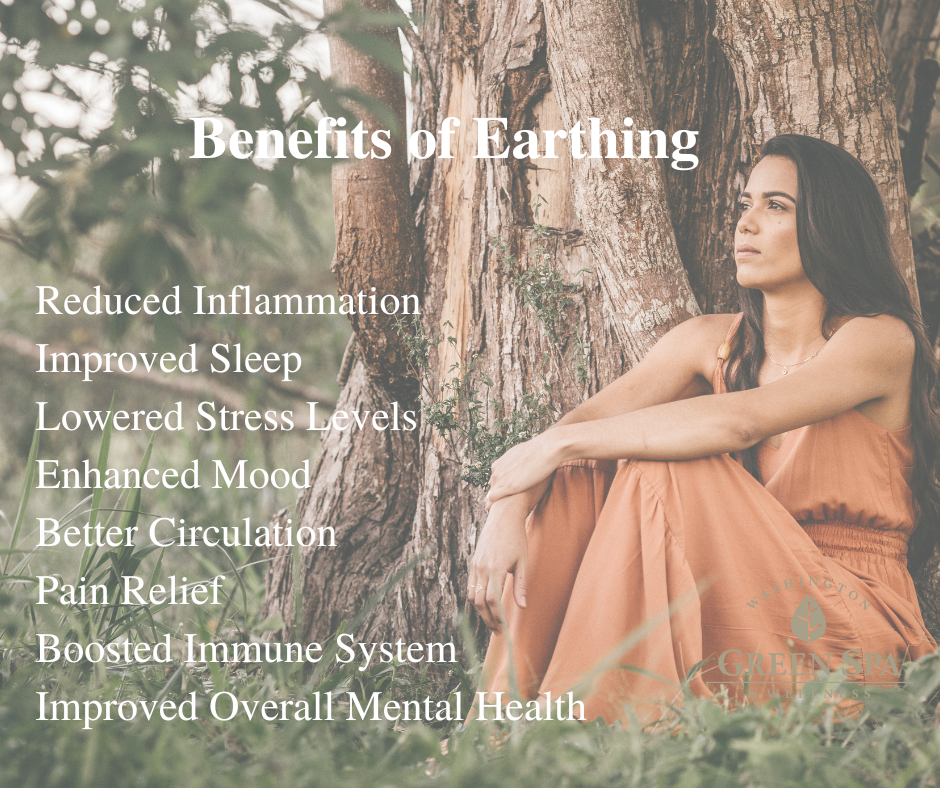
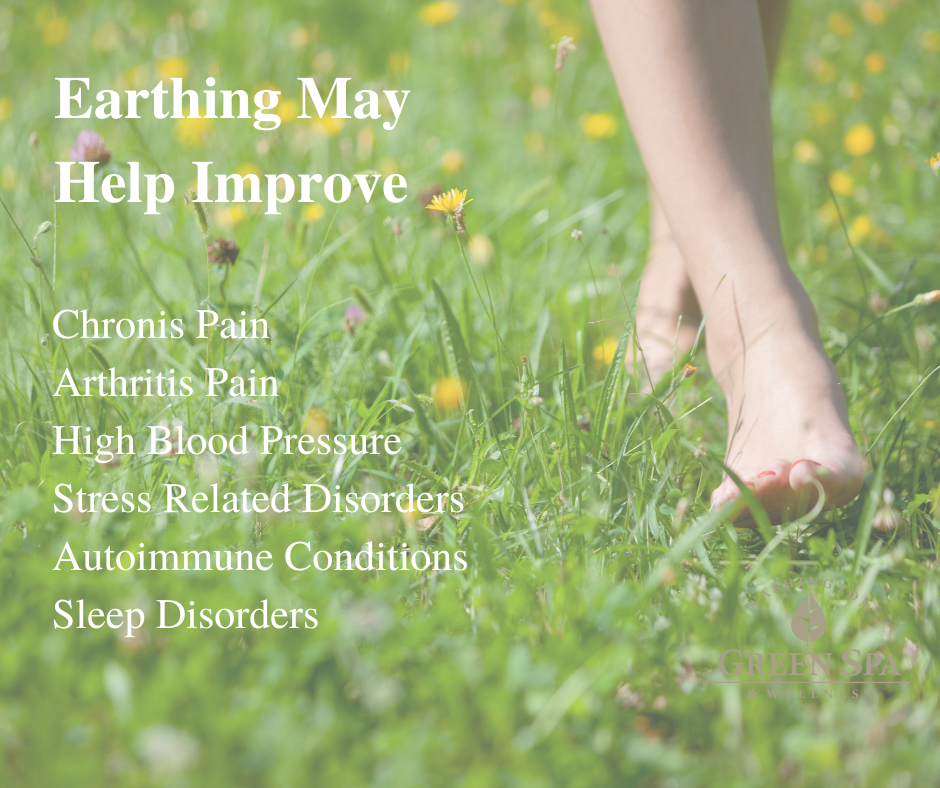
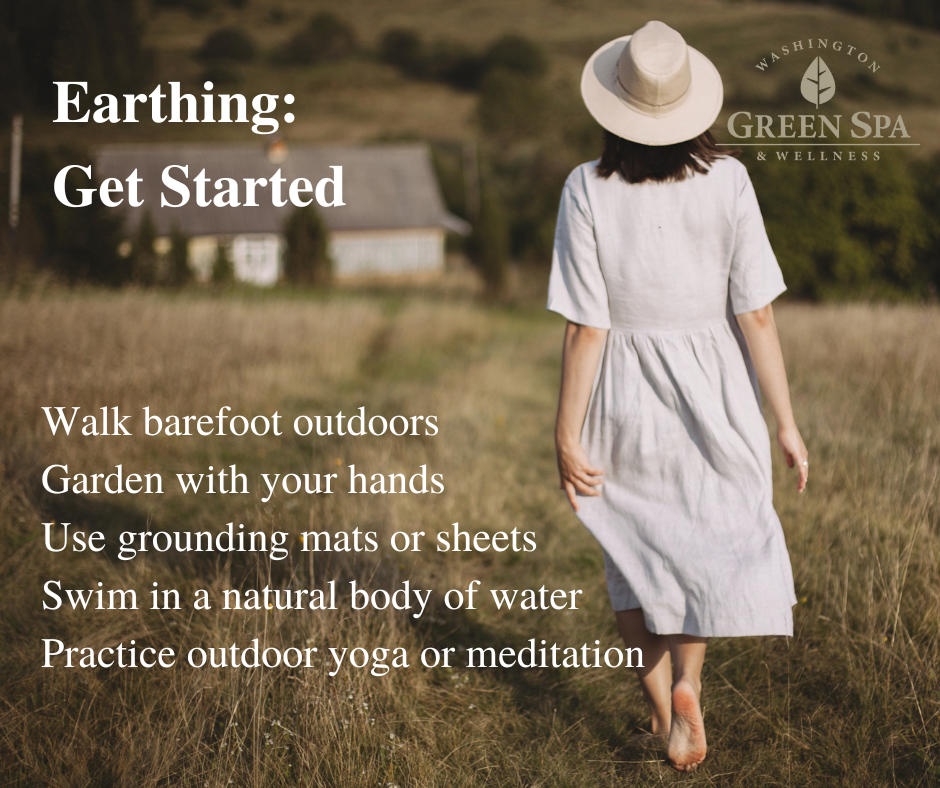
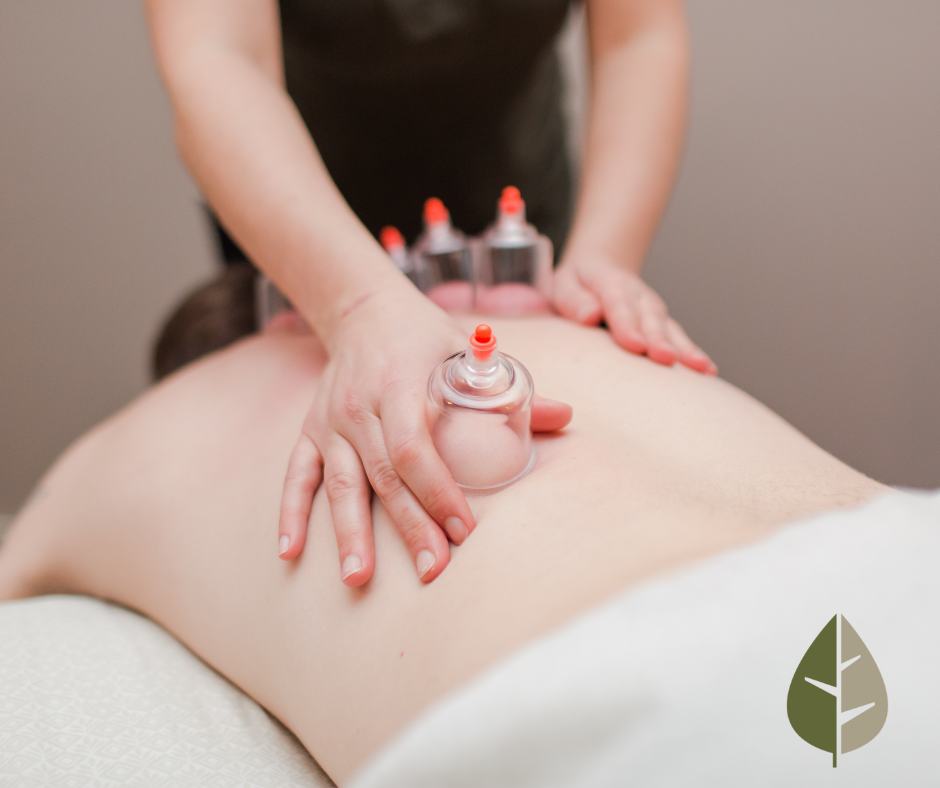
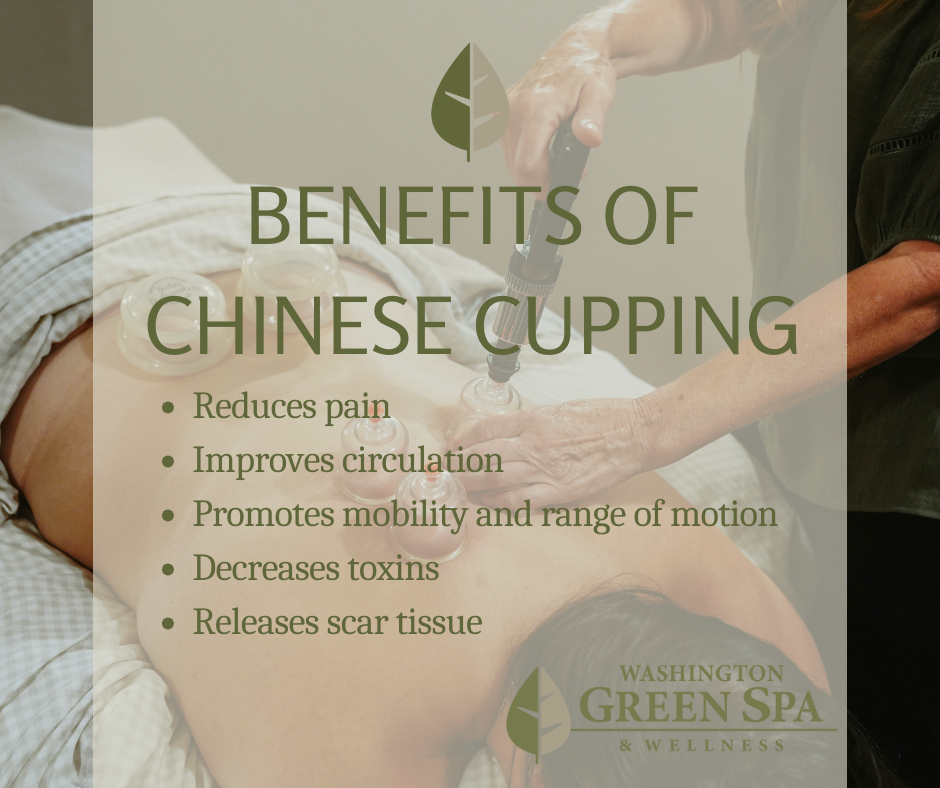

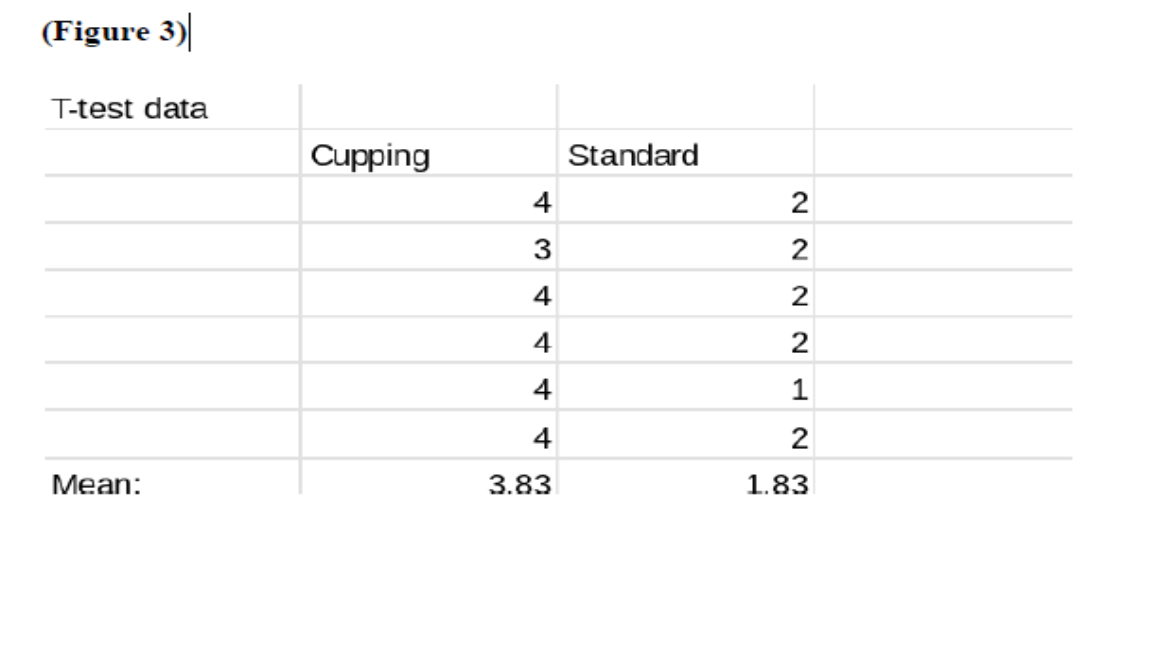
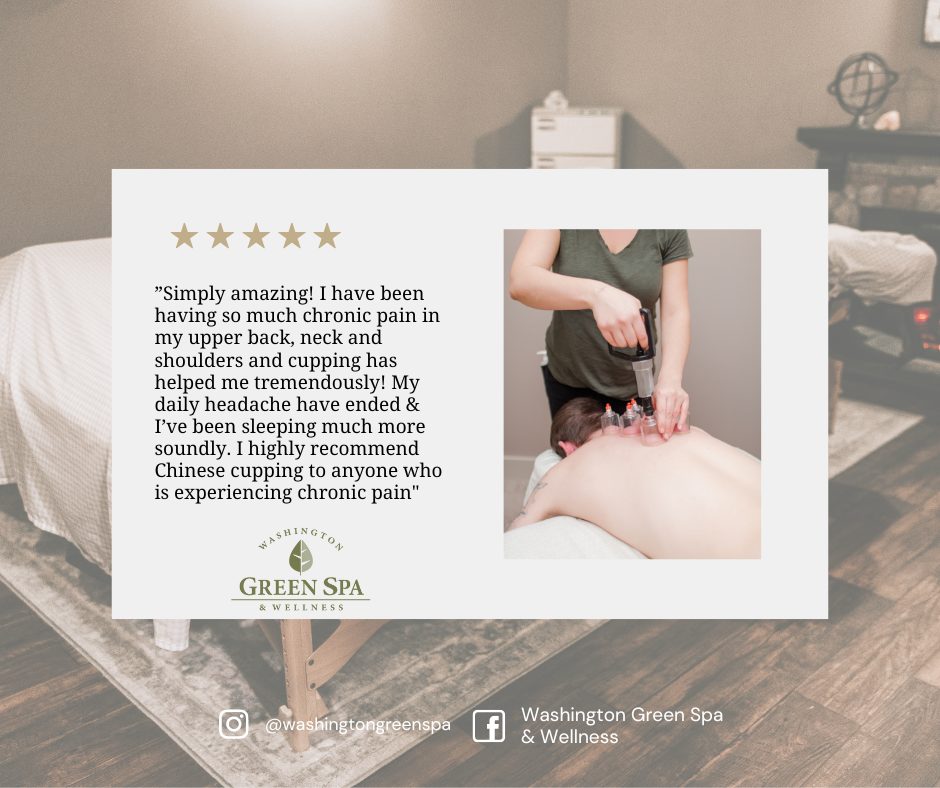

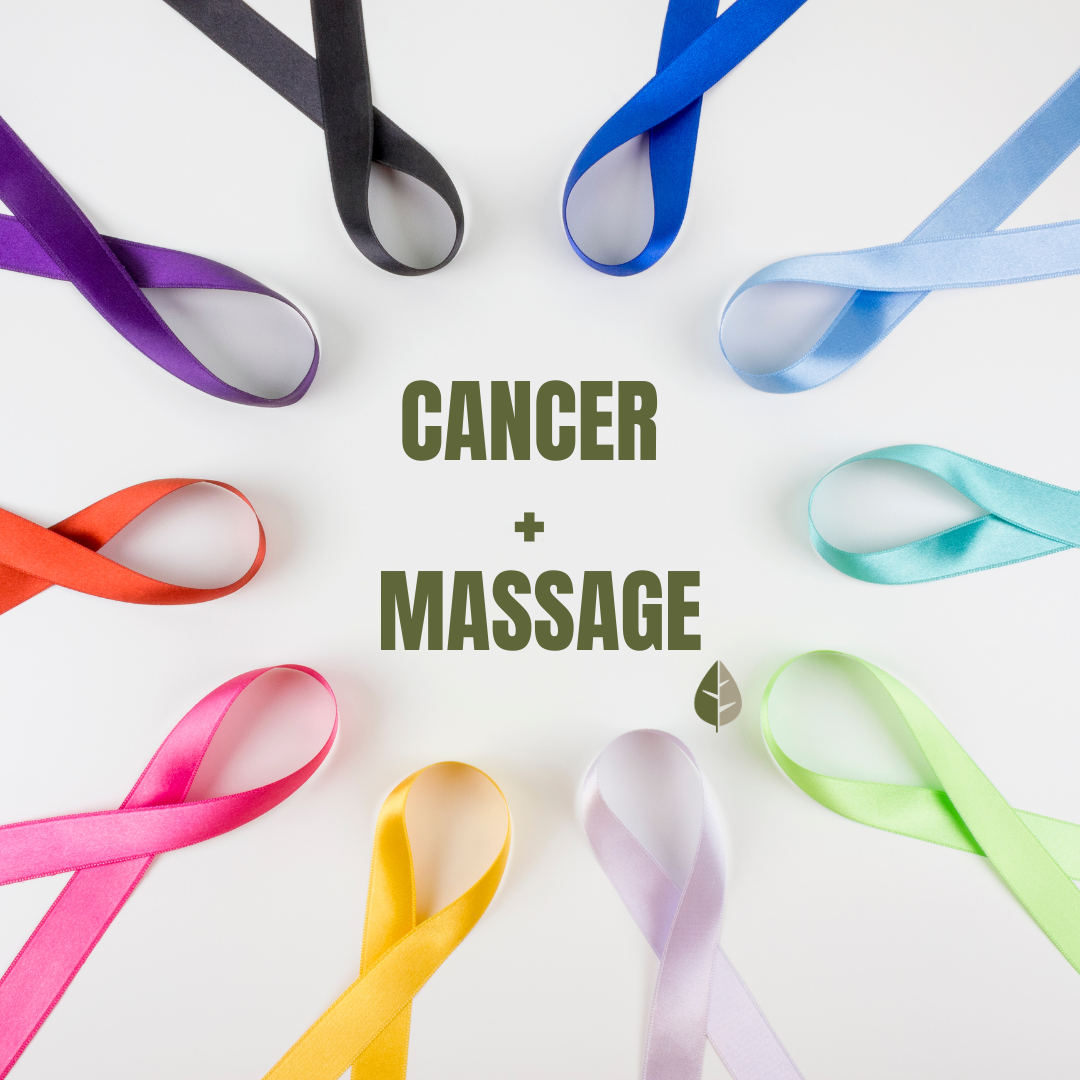

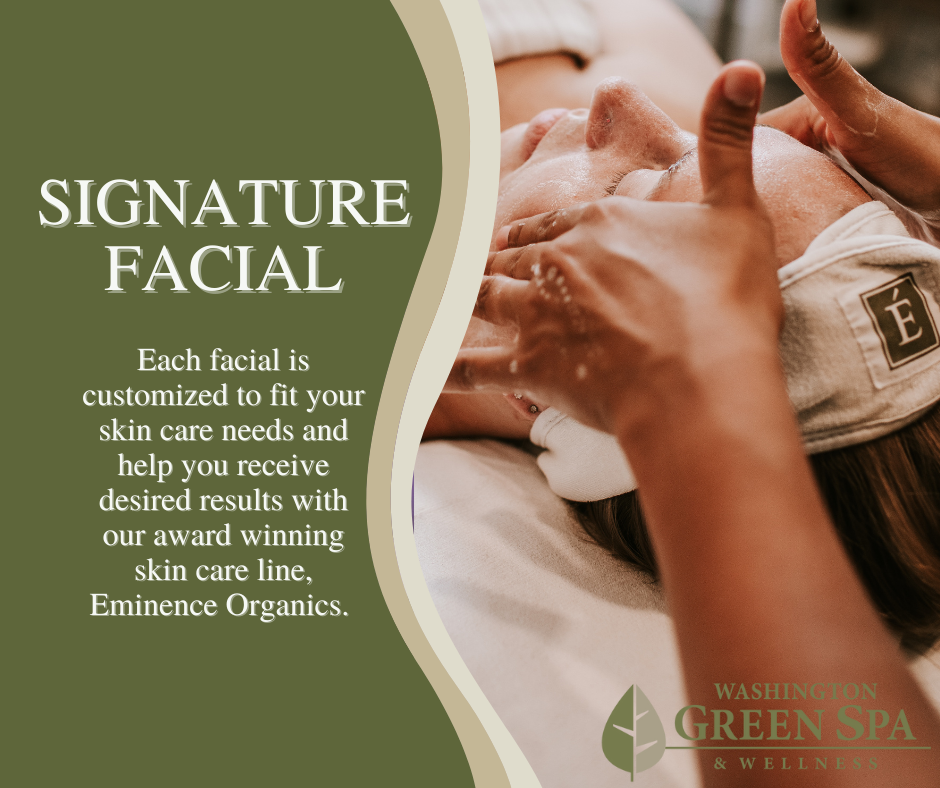
 RSS Feed
RSS Feed